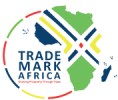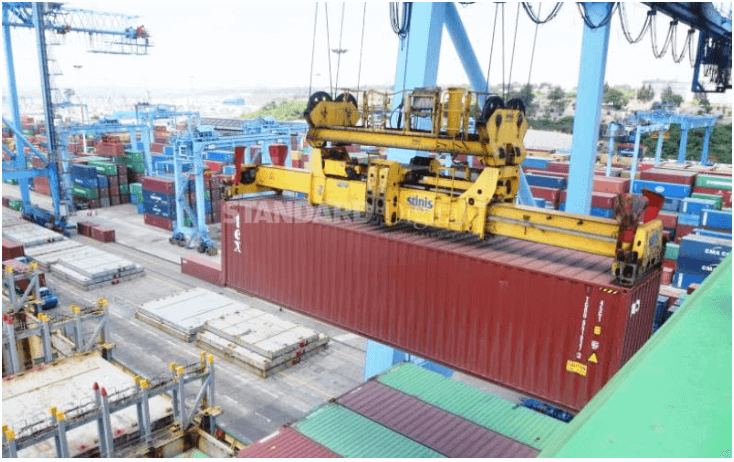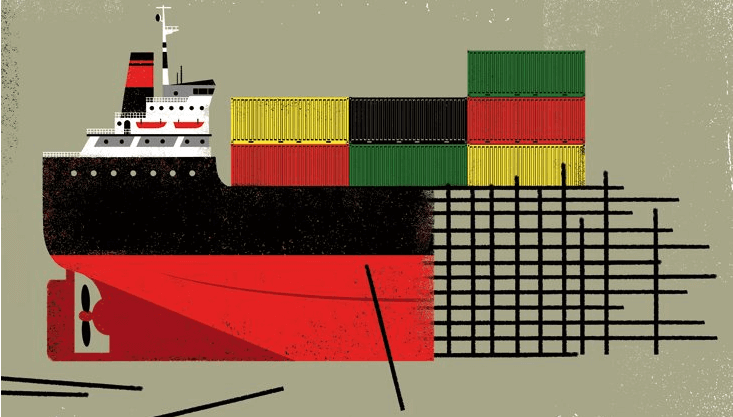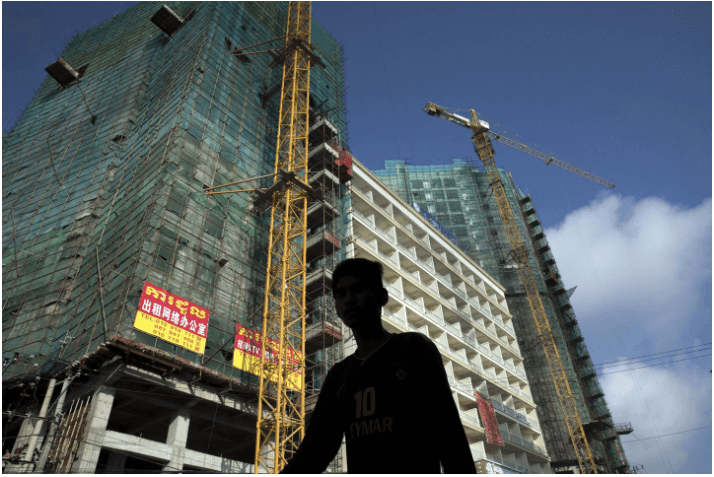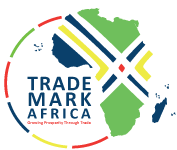76 port and maritime supply chain representatives from 12 countries convened last month to agree measures to address wildlife trafficking through Mombasa seaport in Kenya. The port of Mombasa is the largest seaport in Africa and is a key exit point for trafficking of African wildlife. One of the most publicized seizures at Mombasa port involved two containers declared as tea leaves that were intercepted with more than three tonnes of ivory, four rhino horns and teeth from leopards and cheetahs. Alongside elephant, rhino and big cat parts, other wildlife and wildlife products commonly smuggled through Kenya’s seaports include pangolins, timber and shark fins. Specific actions discussed included enhancement of inter-agency and international collaboration, cargo risk profiling, policy enforcement and prosecution capacity and intelligence exchange. The measures were agreed during a Port Stakeholders’ Workshop hosted by The Ministry of Tourism and Wildlife of the Republic of Kenya, in partnership with TRAFFIC, the United Nations Development Programme (UNDP), the United Nations Office on Drugs and Crime (UNODC) and the World Wide Fund for Nature-Kenya (WWF-Kenya). Participants identified key gaps and opportunities in the port management systems to prevent, detect and intercept illegal wildlife products and determined next steps. Kenya Wildlife Service also held a sniffer dog demonstration showcasing how the canine unit can enhance detection by alerting authorities to hidden wildlife products in shipping containers. “The illegal wildlife trade must be made unprofitable and extremely uncomfortable. We must join hands to help each other so that we stay a step ahead...
Mombasa Port Stakeholders Agree Action to Stop Illegal Wildlife Trade
Posted on: November 4, 2019
Posted on: November 4, 2019
